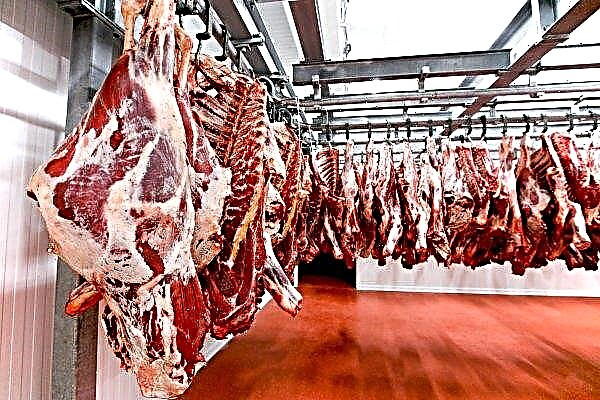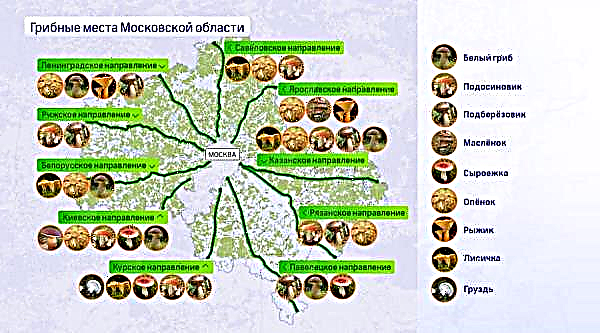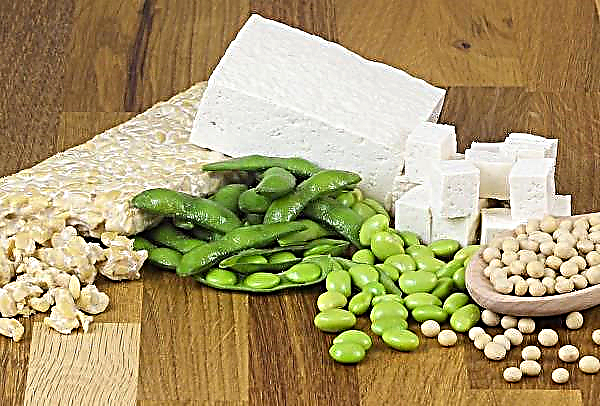According to the Irish global nutrition group, operating in 32 countries of Glanbia plc, there are currently several conflicting trends in the dairy markets.
According to the organization, geopolitical factors; global growth; weather; and Chinese imports of dairy products - all of these factors will determine the direction of market movements. Geopolitical factors, including Brexit, international trade and tariff disputes caused by the Trump administration, as well as concerns about global economic growth, all concern economic and trading players.
The global growth forecast for 2019 and 2020 has already been revised down in the latest forecast of the global economy in October 2018 to 3.5% in 2019 and 3.6% in 2020. This is partly due to the negative consequences of tariff increases between the United States and China. In numerical terms, global milk production for the leading milk producing regions will increase slightly by 1% in 2019 amid expected growth of 1% in the EU, growth of 1-1.2% in the USA and a decrease in Australia, offset by steady outlook in New Zealand.
The curd market in the EU and the UK is stable, but the continuing uncertainty associated with Brexit has led to the fact that warehouses in the UK are full of stocks to avoid any risks after Brexit. Exports from the EU fell by 2% in 2018, with the United States most notably declining by 5%. Demand for butter in the EU remained calm in anticipation of Brexit results, spring recovery in demand and consumer sentiment.












